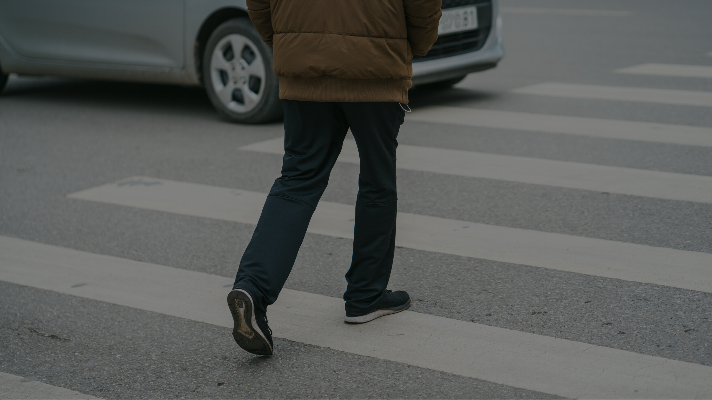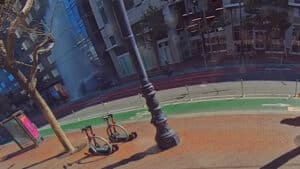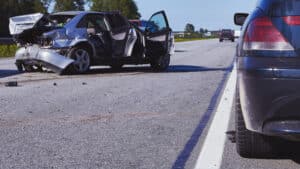Written By: Christopher Dolan and Nancy Villatoro
This week’s question comes from Fran in San Jose: I enjoy walking and like to do so as much as possible. If I can avoid having to drive, I will do so and complete some errands on foot. Even when I drive, I don’t mind parking at the end of a parking lot where there is plenty of room rather than circling for a spot that will only save me a few seconds. In my walks I have noticed how restrictive sidewalks can be and how we are herded along crosswalks. Don’t get me wrong, I realize it’s for my safety to use crosswalks, but I can’t help to think that crosswalks are not engineered to protect pedestrians. While waiting for a light to turn green, I have seen some dangerous street corners where only an imaginary line stands between me and a car going 40 mph. One wrong turn or distraction is all it would take for me to get hit by a car. Are crosswalks there to protect us or simply make more room for cars?
Thank you for your question, Fran. You have a good point of view and excellent question. Prior to the 1920s, city streets looked dramatically different than they do today. There were few crosswalks on the street, and they were generally ignored by pedestrians. Streets were considered to be a public space: a place for pedestrians, children at play, similar to a stroll in the park or a walk in the mall. People would move in any direction without really thinking about it. Author Peter D. Norton in the book Fighting Traffic: The Dawn of the Motor Age in the American City (Inside Technology), describes pedestrians as walking “in the streets anywhere they wanted, whenever they wanted, usually without looking.”
As cars began to spread widely during the 1920s, there was a spike in the number of pedestrian deaths. Over the first few decades of the century the number of people killed by cars skyrocketed.
Before formal traffic laws were put in place, judges typically ruled that in any collision, the vehicle was to blame. A movement began to regulate the speed of vehicles to reduce the number of pedestrian deaths. In response, automakers, dealers and car enthusiast groups worked to legally redefine the street.
By the 1930s, most streets were primarily motor thoroughfares where children did not belong and where pedestrians who failed to use the crosswalks were condemned as “jaywalkers.” Cities and downtown businesses began to regulate traffic in the name of “efficiency.” The articles printed in that era shifted blame for accidents to pedestrians, signaling that following the new traffic laws were important.
Today, in California, the driver of a vehicle must yield the right-of-way to a pedestrian crossing a roadway within a marked crosswalk or within an unmarked crosswalk at an intersection. (California Vehicle Code § 21950(a).) If the driver approaches a pedestrian within a marked or unmarked crosswalk, he or she must exercise all due care and must reduce speed or take any other action as necessary to safeguard the safety of the pedestrian. (California Vehicle Code § 21950(c).) However, a pedestrian is nevertheless responsible for exercising due care for his or her safety, thus cannot suddenly “leave a curb or other place of safety and walk or run into the path of a vehicle that is so close as to constitute and immediate hazard.” Additionally, no “pedestrian may unnecessarily stop or delay traffic while in a marked or unmarked crosswalks.” (California Vehicle Code § 21950(b).) The duties of the pedestrian do not relieve the driver from the duty to exercise due care for the safety of a pedestrian within a marked crosswalk or within an unmarked crosswalk at an intersection. (California Vehicle Code § 21950(d).)
Although some intersections and crosswalks can be designed better, crosswalks serve a purpose to keep pedestrians safe while allowing drivers the room they need to travel across city streets. As more people begin to rely less on their cars, more people like yourself will see how we need better designed crosswalks. Continue making your voice heard. You will find you are not alone.










